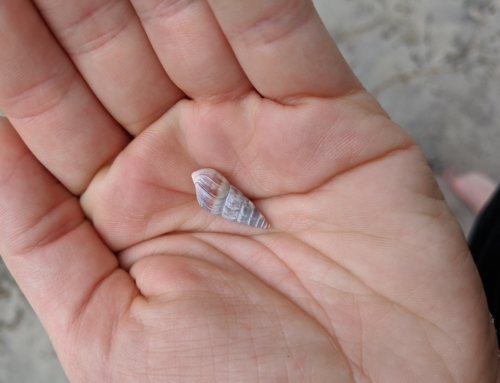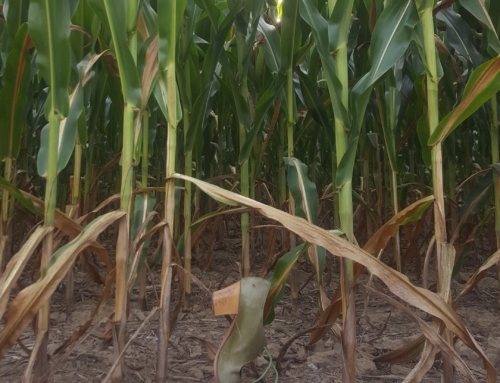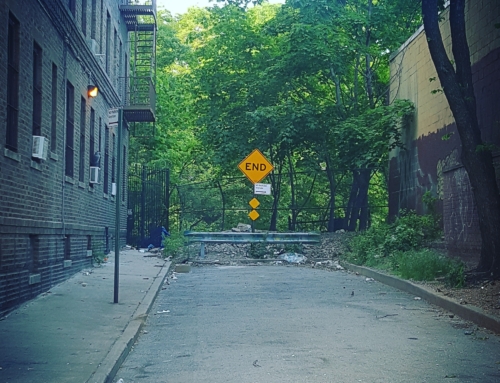“El mar me enseñó a bailar”
–Carmen Amaya (one of the best flamenco dancers ever and foundational figures in flamenco) said, ” The sea taught me to dance.” My guess would be that in some way she was referring to the unceasing pulse of the waves and the tide….
I’m learning a lot about musicality in Andrés Marín’s class and cante class with Enrique Soto. In Andrés’ class, I’m learning to listen, to sing the rhythm and sounds of the steps, to distinguish the nuances in the tones of the footwork, and overall to give my footwork real musicality rather than just rhythm. There are different tones to even the most basic footwork sounds–and even when you hit the floor lightly, you have to look for a clear and profound sound. Within that, I am learning to play more with silence and the spaces between the sounds.
I’m also learning to sing rather than to count, and most importantly to let the pulse carry me, rather than wait to jump on top of the pulse–if that makes any sense. It’s something obvious that I’ve been told over and over, but at the end of the day it does no good to understand the theory of a steady pulse if you don’t feel it. That seems to be the key for me, to let go of my thinking and over-thinking while I’m dancing and just do the steps–when I trust myself enough to do that, the pulse does carry me through, and I surprise myself at what I’m able to do. Even in cante class, when I just trust myself and don’t wait to sing the words, and instead let the pulse carry me, I get the melody right. (Although my tonality in singing is a whole other ball game, uf!).
This is something I’ve always struggled with. I have always been able to pick up steps incredibly fast; I remember the mechanics of a step (i.e. the actual movements, what combination of footwork patterns, etc.) but I struggle with remembering the sounds and just doing the step in rhythm. I think that’s because I simply don’t listen or let myself feel the pulse. Even when you are dancing in silence there is always a pulse–some of the most captivating pieces of a dance occur when it is just the dancer in silence, and as an audience member you sense there is a pulse, but can’t put your finger on it because of the gaps of silence and the lack of a beat. But the pulse is always there, otherwise it would just be sounds and chaos, and not art. (Not that chaos doesn’t have a place in art too…)
This all goes back to my earlier post ‘revelations por martinete.’ In finding the beginning of the musical measure in the martinete when sung a palo seco, you have to find the pulse, and then choose where you want the measure to begin, depending on where you hear the accents and crescendos in the singer’s interpretation. So it all seems to come down to the pulse before anything else. Often as dancers, especially foreigners to flamenco, we are obsessed with making sure everything starts and end perfectly and is cuadrado or evenly measured, and we forget about the pulse, which I’m beginning to think is more important. If every step were perfectly square and even, things would get boring. It’s the game of weaving in and out of the pulse that is a challenge but also gives freedom to break some rules. And the pulse can change (slow down, speed up, etc…) but it has to be present.
I’m sure there are technical musical theory terms for the pulse and the music’s dependence on the pulse, but I don’t know them.
I think Israel Galván is a good example of this, especially in his most recent show, “Solo,” where he isn’t accompanied by any musicians. Here is a clip from “Solo”
In a different way, I think Rocío Molina carries the pulse in all of her dancing in an incredible way. In this video, the pulse seems to truly carry her, and she never stops until the pulse stops–it’s as if she’s locked in to it. I wish the clip were higher quality, but I loved this piece when I saw it in person (it almost made me cry), and I’m starting to realize now why I love it so much:










Leave A Comment